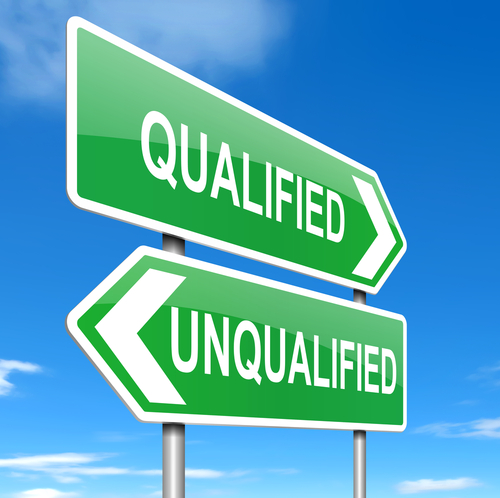
Many management experts remind us to find the most important element to manage and stay focused on it! What is that “one thing” for increasing revenue?
I would argue that most important factor is the difference in the amount of revenue produced by the top sales person compared to the average salesperson during the first years of a product’s introduction.
Frequently for new differentiated products the “top 10 percent” salespeople will sell more than 2x or 3x the amount that the average salesperson sells. The early sales are critical for gaining market share for new products while the differentiation is high. Over time, as the market and the other salespeople learn more about the product and the customer value delivered, the size of the revenue gap will decrease…but by then the competitors will have started to catch up also and the differentiating advantage decreases.
What does the average salesperson learn after the introduction and a couple of sales cycles that enables them to increase the amount of revenue produced, approaching closer to the sales levels of the top salespeople? If the firm provided that information earlier, would the average salesperson be able to produce higher sales levels earlier? The answer is yes!
Firms really can’t get much more revenue out of the “top 10%” salespeople, and trying to save the “bottom 10%” is a waste of time. But we can provide the information needed by the average salesperson to impact their revenue production by almost 2X.






 Extend the lead qualification process beyond BANT to include qualification based on the prospects probable valuation of your specific product’s advantages. BANT only qualifies the prospect to the level of probability of buying a product in the same product category as the firm’s product using the qualification criteria of:
Extend the lead qualification process beyond BANT to include qualification based on the prospects probable valuation of your specific product’s advantages. BANT only qualifies the prospect to the level of probability of buying a product in the same product category as the firm’s product using the qualification criteria of: